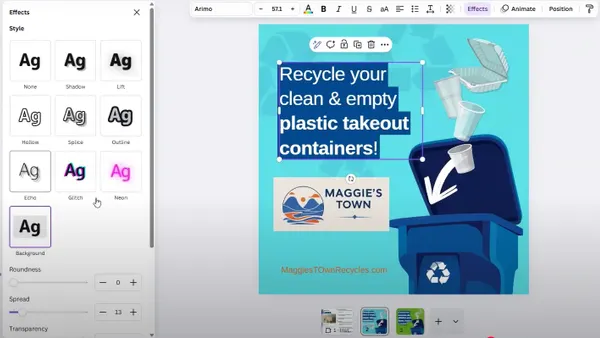Dive Brief:
- The Recycling Partnership on Wednesday announced the launch of a new packaging label feature called Recycle Check. It will draw on data from the Partnership’s National Recycling Database to allow almost any community’s residents to scan a QR code on an item and access information about whether that specific item can go into the curbside recycling bin based on the user’s ZIP code or location.
- The feature can be used with plastic, paper, metal or glass packaging, and it is compatible with GreenBlue’s How2Recycle and the Consumer Brands Association’s SmartLabel labeling systems. The first two brands to roll out the label feature, alongside How2Recycle labels, will be General Mills on its Pillsbury frozen pie crust packaging and Horizon Organic on certain milk cartons.
- In addition to helping consumers, the Partnership said Recycle Check is also designed to help brands by reducing future label changes and leveraging existing labeling systems.
Dive Insight:
Variability between regional recycling programs and confusion around how to recycle items are well documented American consumer experiences — a situation that stakeholders across the packaging, waste and government sectors are currently trying to improve. Recycling organizations and brands have tried a proliferation of labeling solutions and identification technologies to help consumers recycle correctly.
How2Recycle acknowledges Green Guides guidance that an item ought to feature a qualified recyclability claim if fewer than 60% of residents can recycle it where they live through curbside or drop-off programs — a threshold that has been questioned.
The Recycling Partnership is adding this new tool to the mix, informed by its continuously updated database covering more than 9,000 U.S. community programs, or 97% of the U.S. population. In cases where locations, service providers or ZIP codes overlap, users can select the most applicable option.
According to the nonprofit, the tool is specifically based on information about what is accepted in residential curbside programs — or drop-off programs in areas where that is the primary option — rather than commercial recycling programs. In some areas, commercial rules can also cover multifamily buildings.
Consumer confusion partly set the stage for the solution coming out now, said Kendall Glauber, recyclability solutions director at The Recycling Partnership.
“On top of that, the policy environment around what companies can put on labels and communicate about recyclability is changing as policy at the state and national level is evolving,” Glauber said. “We wanted to provide a dynamic tool that could leverage the data that we have access to.”
In the Pillsbury frozen pie crust example, the aluminum pie trays are only currently accepted in about 40% of residential curbside collection programs, the press release noted. In that case, the Recycle Check QR code could help consumers discover whether it is or is not OK to recycle.
“We haven't historically had a good way to tell consumers how to check locally,” said Patrick Keenan, who leads packaging sustainability R&D at General Mills. “In combination with the How2Recycle label, it really makes it an easy experience for the consumer, and we're really excited to see how many consumers actually scan that code.” General Mills will assess consumer engagement — “how many consumers want to go that extra step and scan that QR code,” Keenan said — once it rolls out the updated Pillsbury packaging “in pie season” later this year.
General Mills (which is among The Recycling Partnership’s funders and a member of the Sustainable Packaging Coalition, a project of GreenBlue) aims to make all of its packaging recyclable or reusable by 2030. Keenan added that it’s beneficial to work with experts at the Partnership and GreenBlue so that the brand is not being the arbiter of what’s “recyclable.”












